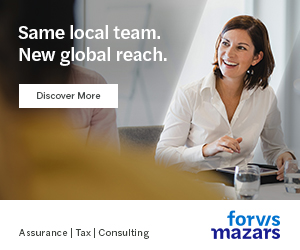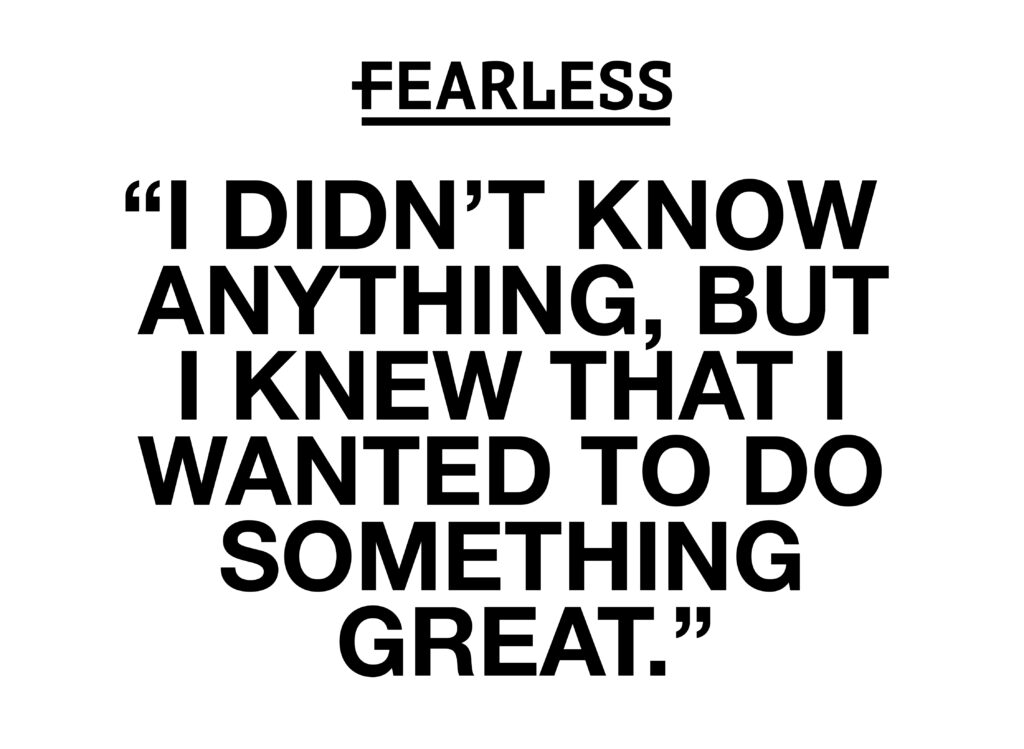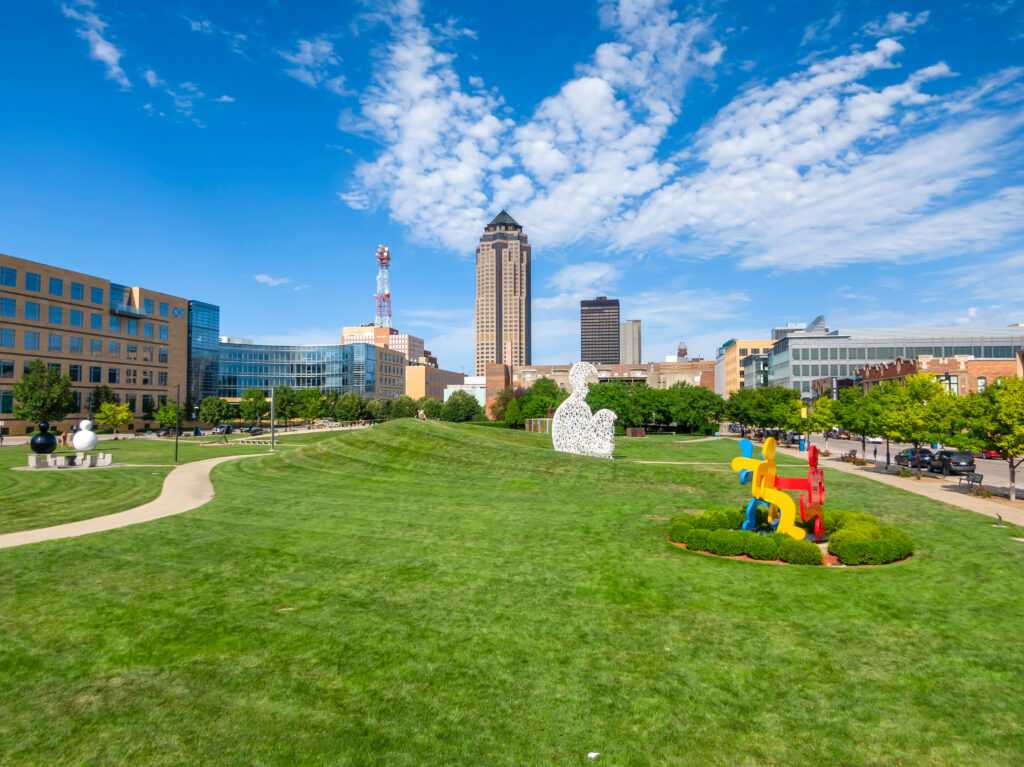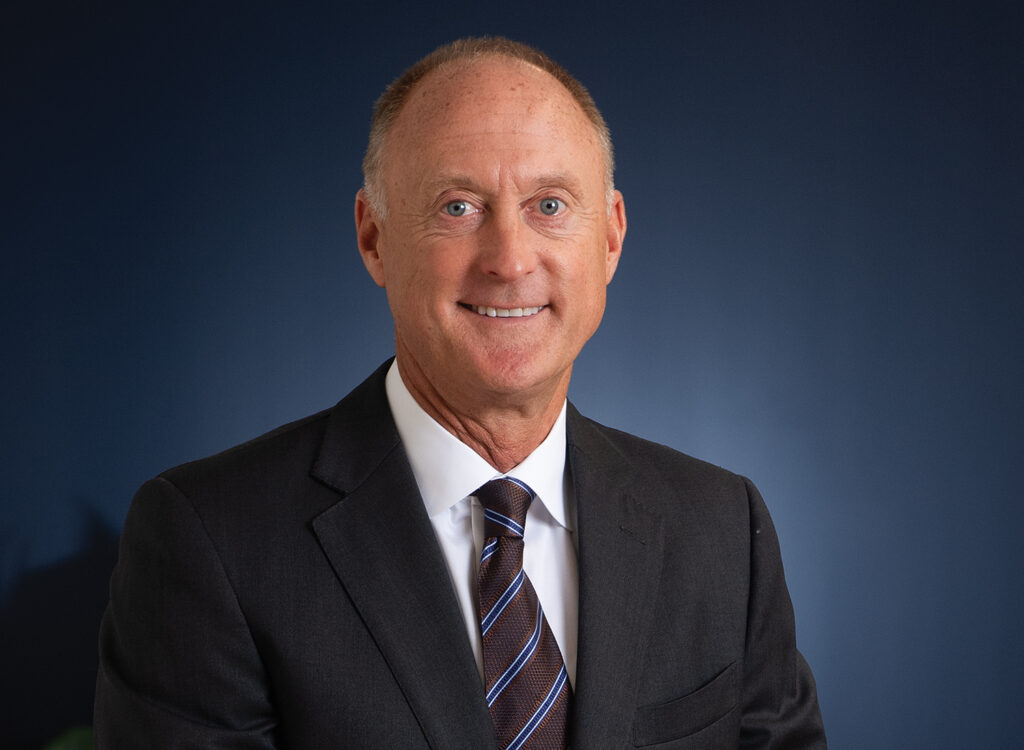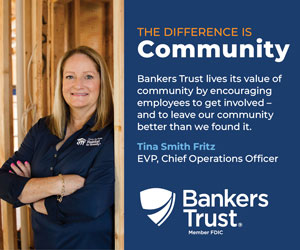Closer Look: Tom Harty
Take a closer look at the new President and CEO, Meredith Corp.

PERRY BEEMAN Nov 14, 2019 | 6:21 pm
9 min read time
2,180 wordsArts and Culture, Business Record Insider, Retail and BusinessThe night before Meredith Corp. announced Tom Harty would be its new president and CEO, the stalwart Des Moines-based media company signed a $2.8 billion deal to buy Time Inc., a company four times bigger than Meredith.
It made for a busy debut for Harty and the start of two-years-plus of selling off pieces of Time, laying off workers to pay off debt and otherwise merging two giants of journalism.
This after a high-profile Meredith courtship with Media General ended without a merger in 2016, when Media General shareholders criticized the deal, fearing Meredith was too much about magazines. Meredith walked away, and got paid a $60 million termination fee on the way out. Nexstar Broadcasting then bought Media General for $4.6 billion.
The genial Harty was not a newcomer to Meredith. This is a company that hires from within and has had only five CEOs since the firm first decided to hire management from outside the Meredith family beginning in 1971.
At Meredith, Harty previously was president and chief operating officer; president of the National Media Group; chief revenue officer and president of Consumer Magazines; and vice president of the Magazine Group.
Earlier, he held top posts at Golf Digest, TV Guide, Reader’s Digest, the New York Times, Forbes and Gruner + Jahr USA.
The day we sat down with Harty, Meredith, whose goal is to focus on publications and products that focus on women and their interests, announced a Property Brothers magazine, building on the success of Magnolia Journal (Chip and Joanna Gaines’ quarterly lifestyle magazine).
Harty, who for years has commuted between New York, where he lived before the promotion, and Des Moines, where he lives now, said he still spends half his time in the company’s New York offices and at Meredith media properties.
Which is why you may not have seen him at many events or board tables yet. But you will, eventually. Give him another year to finish the sales and mergers resulting from the purchase of Time Inc.
Harty spoke candidly about everything from motivating employees to overcoming a steep drop in print advertising revenue.
What interested you in the Meredith job?
The opportunity to join one of the best-run and most admired media companies in the industry and to marry my industry experience with the Meredith business model.
What early thoughts do you have on goals for the company?
I’d like to see Meredith continue to prosper and grow. That’s our goal. I want to take the company under my leadership, just like my predecessors have, and continue to innovate and grow the company.
I am the fifth non-family CEO at Meredith [and ran the National Media Group for eight years before taking the position].
[There are several specific goals.] First, we need to execute on the goals we set for the first two full years following the Time Inc. acquisition. These include improving the print and advertising ad revenue performance to Meredith’s historical levels; growing consumer-driven revenue, including subscriptions, e-commerce and brand licensing; completing the sale of non-core assets; achieving over $550 million of cost synergies; and paying down $1 billion of debt.
When we lined up Meredith and Time, there were 10,000 employees. Today we are 5,500 employees. That was more the sales [of properties] than anything else. But some of it is you don’t need two circulation departments and you don’t need two accounting departments.
It’s a lot of moving pieces. We’ve sold assets. We’ve sold Time magazine. We’ve sold Fortune magazine. We sold Sports Illustrated. We’ve closed locations. We’ve gotten out of our European business.
Second, we must continue the tremendous momentum in our television business, which has had three record financial years in a row. This includes continuing to generate record political advertising, increasing retransmission revenue contribution and building out a digital business for the group.
Third, we need to continue to develop employees and offer them career development opportunities. We also need to carry on and enhance Meredith’s strong legacy of community involvement.
Will Meredith continue to look at acquisitions?
Yes, we are always looking at opportunities, mostly in the digital and e-commerce space. We would also like to add more television stations. But we need to continue to pay down debt. So far, we’ve retired $830 million.
Have you dealt with the same steep drop in print advertising that has challenged other media companies?
Our digital business is $500 million now. The National Media Group is $2 billion. The digital revenue is a substantial part of our business. We are past the point of consumers deciding it’s one or the other [print or digital]. I always like to say that we are creating content for how she wants to consume it.
Is there a commitment to retain Des Moines as the headquarters long-term, even though 1,000 of the 5,500 employees work here and many are in New York?
Absolutely. We aren’t going anywhere. This is home. Meredith has a long history in Des Moines, 117 years. It’s important for me as the CEO of the company to have my residence here. It’s something we talked about for five years before I took the job. It’s important. The Meredith family is still here. The headquarters is here. It is always going to be here. We’ve actually moved jobs from New York City to Des Moines. We’ve added 250 new jobs in Des Moines that came from other locations.
What commitment do you make to innovation?
Being a creative company with content at the center, we are always innovating, because you have to stay fresh and create great content for consumers. To give an example of something very recent that we did, this innovation group, along with one of our major advertisers — Scott’s Miracle-Gro — created a direct consumer product. We helped develop the product and designed the packaging. It’s a direct consumer, subscription-based plant. You get two containers that you put at your front door and every season you get a new plant that goes into the containers. It makes your house look great. We call it Knock! Knock! We are talking hundreds of millions of subscription in the pilot, which sold out, but now we are in the second phase.
We also partner with Wal-Mart [where Meredith has 3,000 varieties of branded products at 4,000 stores across the U.S. and at walmart.com]. This year that will generate $2.8 billion in retail sales overall.
A lot of people think we are just a magazine company, and we are not.
Another major development in the past five years is what we do in e-commerce. What we know is, at our core, our content is inspiring women to take action. That action is usually in buying something. So if you were reading the pages of Better Homes & Gardens, you might see something and say, “Wow, look at this beautiful living room. I want to go buy that couch.” In print, you would have to source that and go to the retailer and buy that product. Now, digitally what we are able to do is we are actually able to get a piece of that action. We make our content shoppable. It’s significant. Our content is driving people to buy $500 million [in products]. We get a small percentage of that. It’s trackable. That’s something we didn’t have before.
If you looked at Meredith five years ago, 70% of the company’s revenues came from advertising, and 30% consumer revenue. Now, it’s 50-50.
Did you think you’d see the day when Meredith partnered with celebrities?
It started back with Rachel Ray in 2013. Then we moved into Martha Stewart media brands. Then we moved into Magnolia Journal with Chip and Joanna Gaines of “Fixer Upper.” That was the most successful launch in the history of the company. And now we have the Property Brothers.
How are you wired? What is your management philosophy?
I’m a big believer in hiring great people, giving them the resources they need to be successful and letting them do their jobs. I am there to help them answer their questions and set the strategic direction, but not to micromanage them. That said, I’m not afraid to dive into the details. You hold people accountable. Most people want to run their own businesses, and they feel good about doing that and having successes. I’m really into collaboration. That really is our strength and why we are outperforming the industry. People don’t work for our television group or this magazine. They work for Meredith. They have to put their Meredith hat on first. I’m never afraid to speak up if I feel managers are not working together when it is needed. I have this equation I put up, and it’s fairly simple: Core + innovation = sustained growth. As a business, that is all you are trying to do.
What do you do when you are mad about something?
Oh, I let them know.
Do you raise your voice or kick a garbage can?
On occasion. (Smiles.)
What do you see as the most critical challenges in publishing over the next 10 years?
I wish I had that kind of crystal ball. We certainly face a number today, and many will probably still be there 10 years from now. The interesting thing about our business is our consumer connection is as strong as ever. The challenge is on the advertising side. We dominate in print. However, on the digital side, Google, Facebook and Amazon take 75% of the digital advertising off the table. We need to be the leader amongst those vying for the rest. And, of course, there’s all the media fragmentation that has taken place, especially on the video side. We need to continue to create unique and valuable content across platforms for baby boomers, Gen Xers and millennials alike.
If we have any issue, it’s with advertising. Advertisers have more choices and print advertising has been declining. But consumer demand for magazines is very strong.
Our print advertising has been declining by 5 to 7% per year for eight years. Our consumer side of the business, our circulation business has been steady. Better Homes & Gardens is at 7.6 million copies this month, whereas 20 years ago we printed 7.6 million copies (per year). The loss of print ad revenue is being made up by digital.
Two years ago, we reached the point where digital advertising growth outstripped the decline in print. We were up in total advertising. With the Time acquisition, we are kind of fighting that back. The last quarter we had, we were up in total advertising. Sometimes it varies by the quarter.
How do you address hiring in a tight labor market?
We aren’t doing that much differently. Meredith is an employer of choice in Des Moines. That said, we continue to evolve and enhance work policies and benefits to meet the needs of the millennial generation. They are very focused on flexible work schedules, working as teams and more time off.
How has Meredith’s role in the community evolved?
We have always been a leader. Kudos to Mell Meredith and the Meredith family for their outstanding leadership and example. While we have lots of great companies in Des Moines, Meredith and Principal stand out in my mind. We are both headquartered here and are in the center of everything. We plan to continue to be.
How will you personally be involved in the Greater Des Moines business community?
I’ve been purposely hesitant to get too involved in too many community things to start because the day I was named CEO was the day we acquired Time Inc. That was Feb. 1, 2018. We are 18 months into a projected 2½-year period to integrate Time into Meredith.
From a personal standpoint, I plan to get more involved. Quite honestly, when you acquire a company four times your size, it consumes you. I made a pledge to be as focused as much as possible on the integration for the first two years as CEO. While we have work to do, I believe we have turned the corner, and I look forward to getting more involved in the community.
As part of being part of the greater community, my wife has a studio at Mainframe Studios. She is an artist. We live downtown. We love the activity. We love the area. I am not on the boards yet. Steve Lacy kept some of that in the transition. I have a list of activities I’d like to be involved in, but I don’t want to discuss it yet.
What do you do when it’s time to unwind?
Spend time with my family. My wife’s family has a vacation home on Nantucket that we have been going to for years. We recently bought a pre-retirement place in Florida. Unfortunately, I didn’t get to either enough in the past two years. I enjoy playing golf, but again it’s a time issue. I’m a big sports fan, particularly hockey and pro football. I also enjoy reading a good book.



